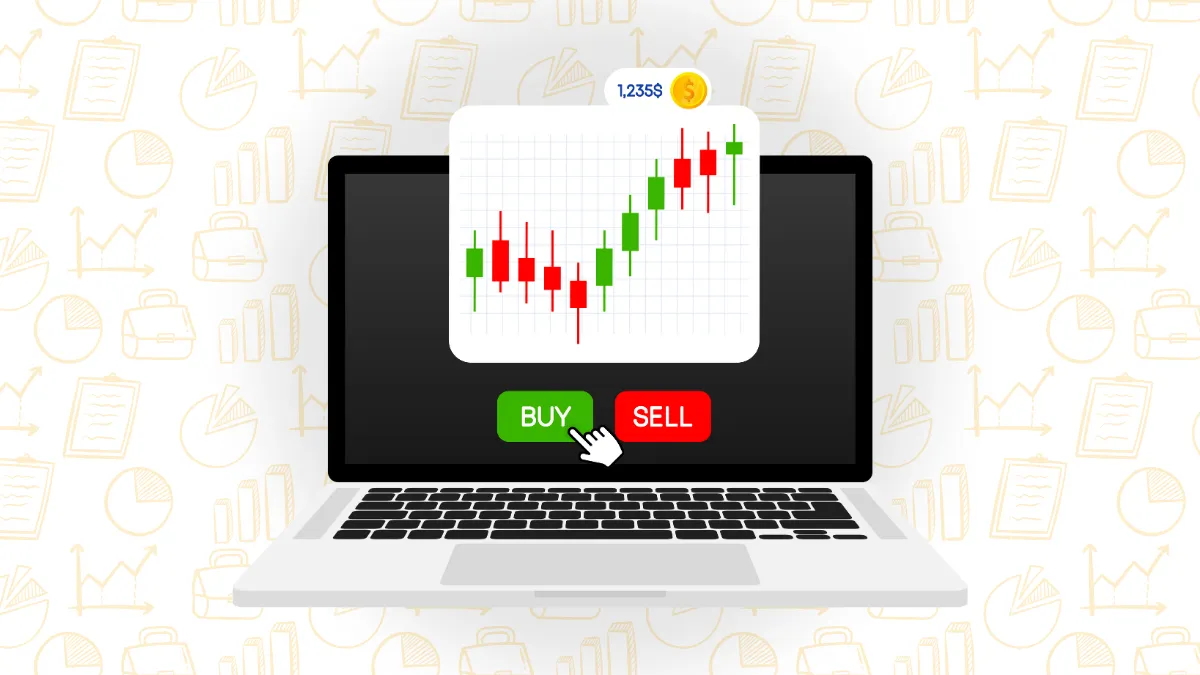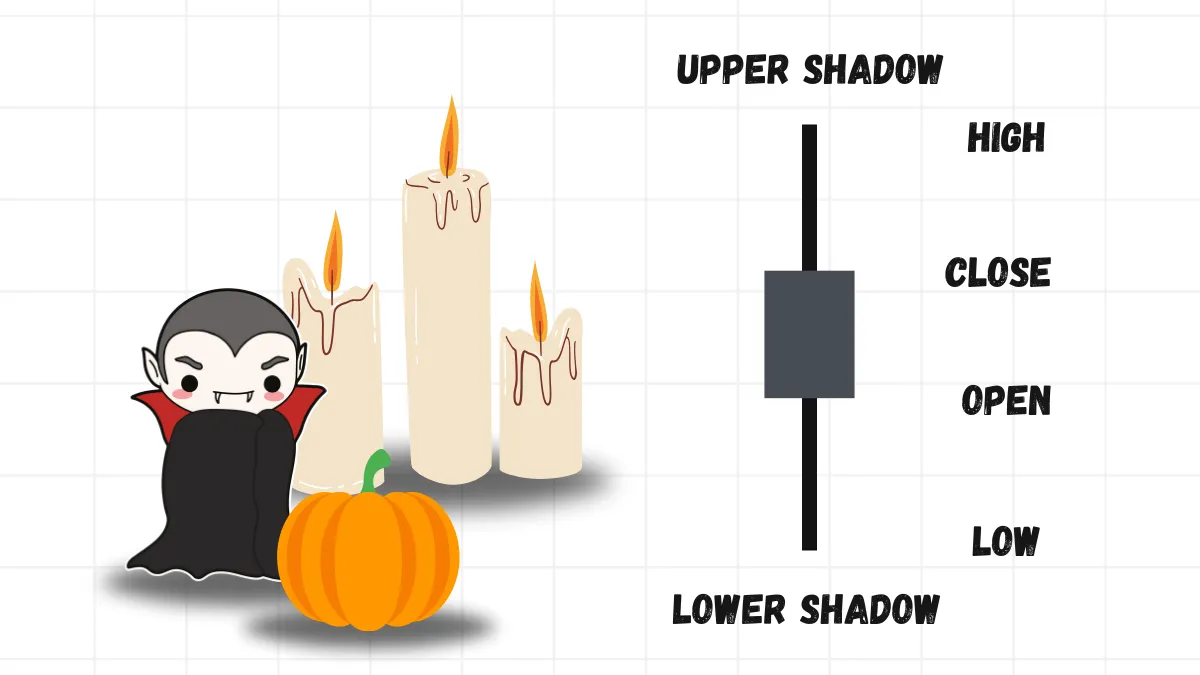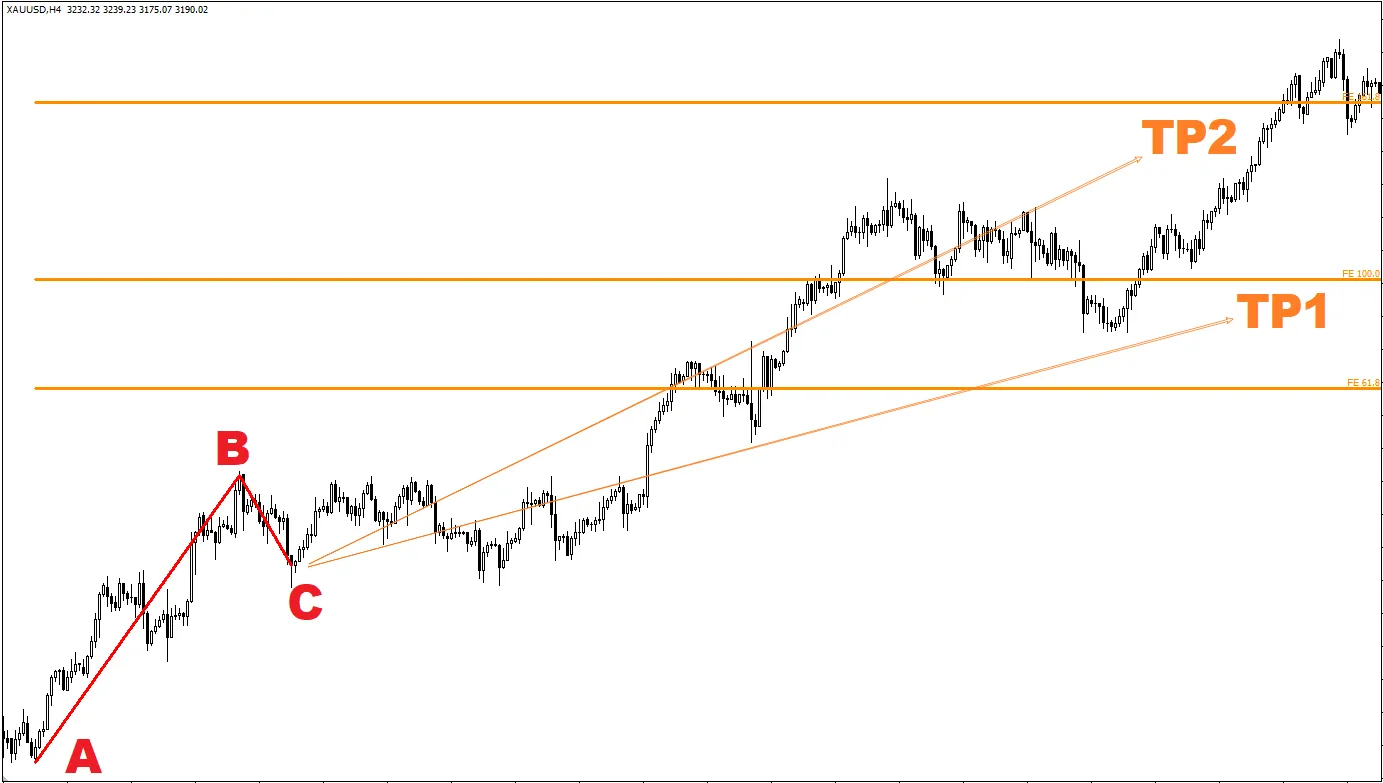Using Contracts for Difference for Forex Trading
Contracts for Difference (CFDs) are a type of derivative that allows traders to speculate on price movements of assets without actually owning them. When you choose to trade forex using CFDs, you do not actually own any currency, but invest based on the value changes of currency pairs. This trading method is very flexible and has become the preferred tool for many forex traders.1. Basic Concept of Contracts for Difference
CFDs are financial instruments that allow you to speculate on price movements in financial markets without actually purchasing the asset. In the forex market, this means you can predict the exchange rate movements of a currency pair (such as EUR/USD) and profit by buying or selling CFDs.- Buying CFDs (Going Long): If you believe the price of a currency pair will rise, you can go long on CFDs, and when the price rises, you can profit.
- Selling CFDs (Going Short): If you believe the price of a currency pair will fall, you can go short on CFDs, and when the price drops, you can profit from the price difference.
2. Advantages of Trading Forex with CFDs
CFDs as a tool for forex trading have multiple advantages, making them very popular worldwide.- Leverage Trading: CFDs allow traders to use leverage, meaning you only need to invest a small amount of capital (margin) to control a larger trading position. For example, a broker may offer a 1: 100 leverage, meaning you only need to pay a small percentage of the trade amount as margin.
- Two-Way Trading: Unlike traditional asset trading, CFDs allow traders to profit whether the market is rising or falling. You can profit from price increases by going long or earn from price decreases by going short.
- Diversified Trading: In addition to forex, CFDs also allow you to trade various other markets, such as stocks, instruments, indices, etc., enabling you to diversify your investment portfolio across different markets.
- No Actual Asset Involvement: When trading forex with CFDs, you do not actually own any currency. This simplifies trading, eliminating issues related to the delivery of actual assets.
3. Leverage and Risk
While CFDs offer the advantage of leverage trading, leverage also increases risk. Leverage amplifies your potential profits but also magnifies potential losses. Due to the high volatility of the forex market, unmanaged high leverage trading can lead to significant capital losses.Assuming you use 1: 100 leverage for a trade worth $10,000, you only need to pay $100 as margin. If the market moves in your favor by 100 pips, your profit would be $100, which is 100% of your initial investment. However, if the market moves against you by 100 pips, you would lose your entire margin of $100. Therefore, traders need to manage risk carefully and use tools like stop-loss orders to limit potential losses.
4. Spread and Costs
In the forex market, the main cost of CFDs comes from the spread. The spread is the difference between the buying price and the selling price, and it is one of the main sources of income for brokers. Additionally, some brokers may charge overnight interest fees (also known as overnight holding costs) when you hold a position overnight, based on market interest rates.5. Trading Tools and Platforms
The tools and platforms used for CFD trading are typically the same as those used for forex trading. Common trading platforms include MetaTrader 4 (MT4) and MetaTrader 5 (MT5), which offer various technical indicators, charting tools, and automated trading features to help traders analyze market trends and make trading decisions.Moreover, many brokers also provide dedicated CFD trading platforms that are optimized for CFD trading, featuring stronger risk management capabilities and more flexible trading options.
6. Example of CFD Forex Trading
Assuming you believe the euro will appreciate against the dollar, you can go long by buying CFDs on EUR/USD. If the current price is 1.2000 and you use 1: 50 leverage, investing $1,000 to control a position of $50,000. If the EUR/USD price rises to 1.2100, you earn 100 pips (each pip represents 0.0001), resulting in a profit of $50,000 x 0.0100 = $500.If you believe the euro will depreciate against the dollar, you can go short by selling CFDs on EUR/USD. If the price drops, you can also profit from the price decrease.
7. Risk Management Strategies
Good risk management is crucial when trading forex with CFDs. Traders should set leverage ratios based on their risk tolerance and use risk management tools such as stop-loss orders and limit orders. These tools can help limit potential losses and protect existing profits.- Stop-Loss Orders: Automatically close positions when the market price reaches a set loss limit to avoid further losses.
- Limit Orders: Automatically close positions when the market price reaches a set target price to ensure you lock in profits.
Conclusion
Using CFDs for forex trading provides traders with great flexibility and leverage advantages. This trading method allows you to speculate on price movements of currency pairs without holding actual currencies, and you have the opportunity to profit whether the market rises or falls. However, leverage also brings high risks, so good risk management strategies are essential for successful trading.Hi, We are the Mr.Forex Research Team
Trading requires not just the right mindset, but also useful tools and insights.Here, we focus on Global Broker Reviews, Trading System Setup (MT4 / MT5, EA, VPS), and Forex Trading Basics.
We personally teach you to master the "Operating Manual" of financial markets, building a professional trading environment from scratch.
If you want to move from theory to practice:
- Help share this article to let more traders see the truth.
- Read more articles on Broker Tests and Forex Education.





